“Delicate gold”, “royal yarn” – this is how Mongolian cashmere is called in many countries, which has retained the title of the most expensive natural material for several centuries.
How did it earn such a status? What is this material made of, and what are its features? What products are made from Mongolian cashmere, and how to care for it so that it retains its properties as long as possible?

History of Mongolian Cashmere
Cashmere is made from the down (undercoat) of mountain goats Carpa Hircus. The animals “grow” it to keep warm in frosty winters, when the ambient temperature drops to -40-50 °C.
The name of the material comes from the region of Kashmir, located in the northwestern part of the Hindustan Peninsula. According to historical information, the inhabitants of this region were the first to use goat down to create fabric.
Later, one of the Maharajas of Kashmir realized that cashmere could be a good source of income by selling it to other rulers and guests. The new fabric and its products reached Europe only in the 18th century thanks to Napoleon Bonaparte. From one of his campaigns, the Emperor brought a cashmere shawl as a gift to his wife Josephine.
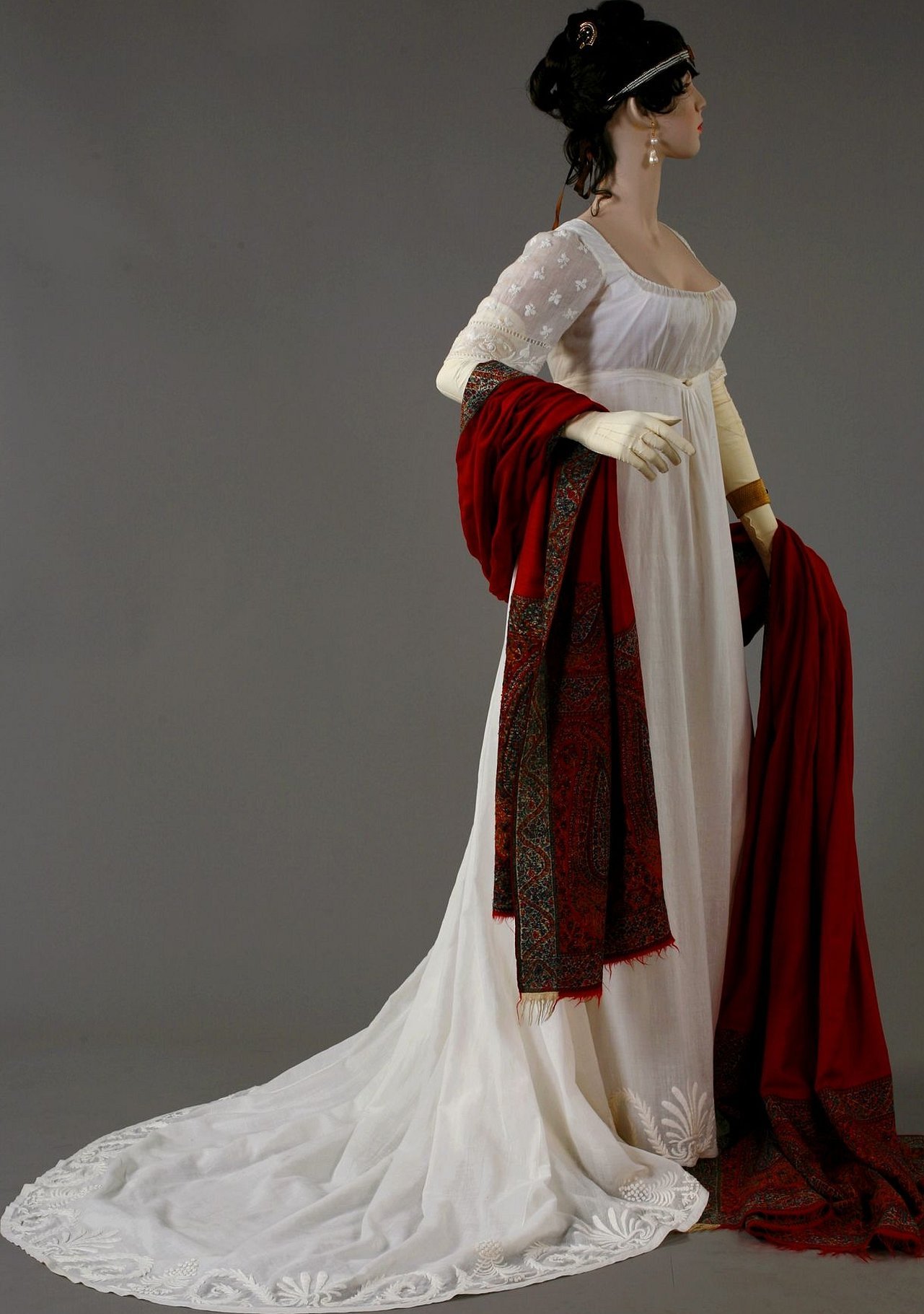
Having discovered the noble fabric, Europeans tried to establish their own cashmere production. However, in the milder climate conditions of Europe, cashmere goats stopped "growing" their unique fluff (the properties of the undercoat changed significantly, which affected the quality of the fabric).
Over time, cashmere goats migrated from region to region and ended up in Mongolia, where they took root. The climate of the Gobi Desert and the mountainous regions of the country make local cashmere unique.
Additional information! One goat produces 150-200 g of fluff per year (after cleaning, the weight of the raw material decreases to 80-120 g). This amount of raw material is enough to make one scarf, and for a sweater of the simplest cut, 4-5 such "portions" are required.
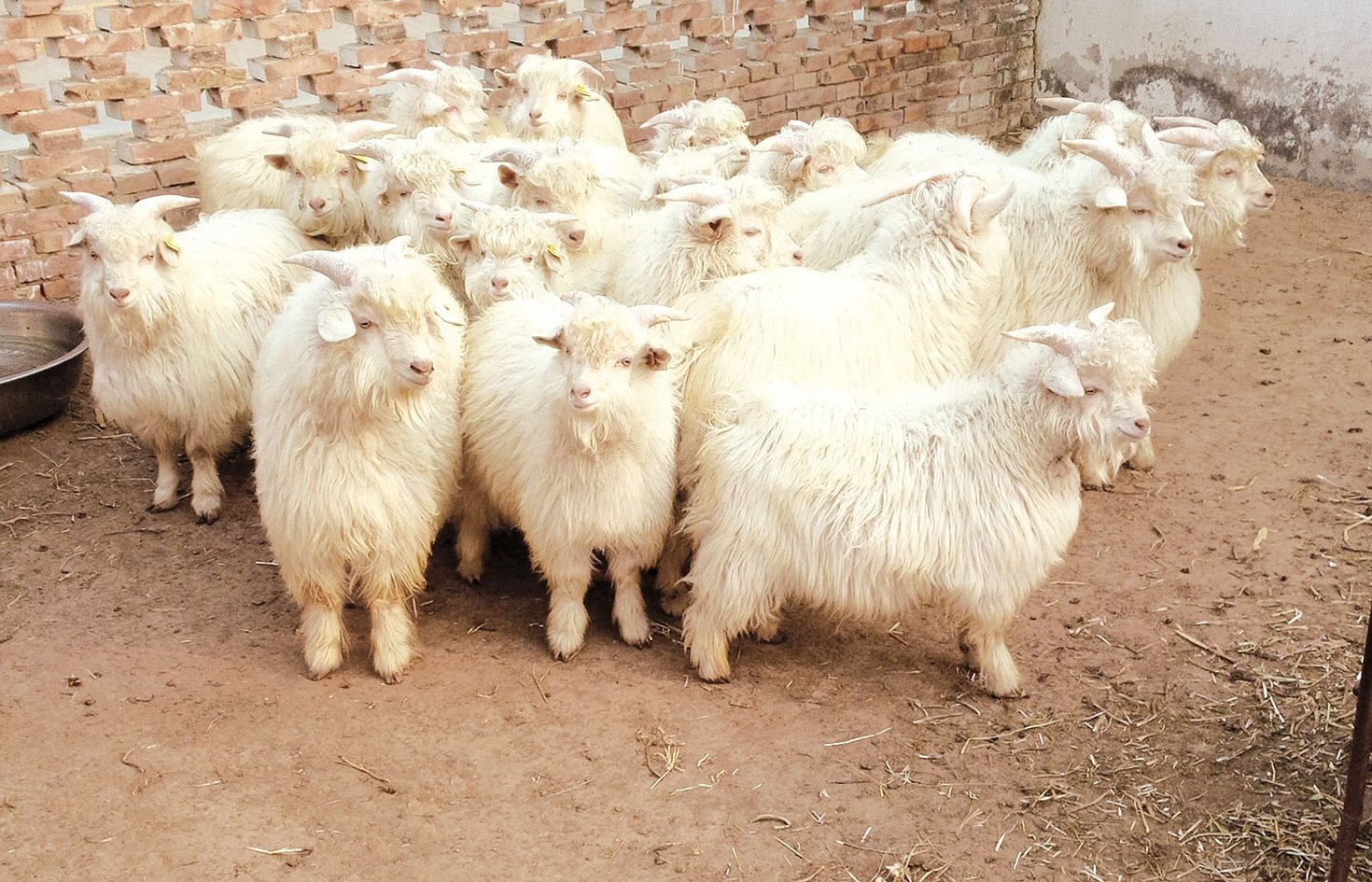
Characteristics and properties
Natural Mongolian cashmere is particularly light and soft. Products made from it are practically weightless and very pleasant to the touch. At the same time, they are quite dense, retain heat well and do not cause discomfort even after prolonged wear.
The most valuable is undyed yarn, which, depending on the color of the goats' undercoat, can be:
- white (animals with this type of down are bred in the south of Mongolia);
- warm gray (the least common);
- beige (the most common, found in 60% of goats);
- dark brown (increases in goats living at an altitude of 4000 meters above sea level in the western regions of the country).
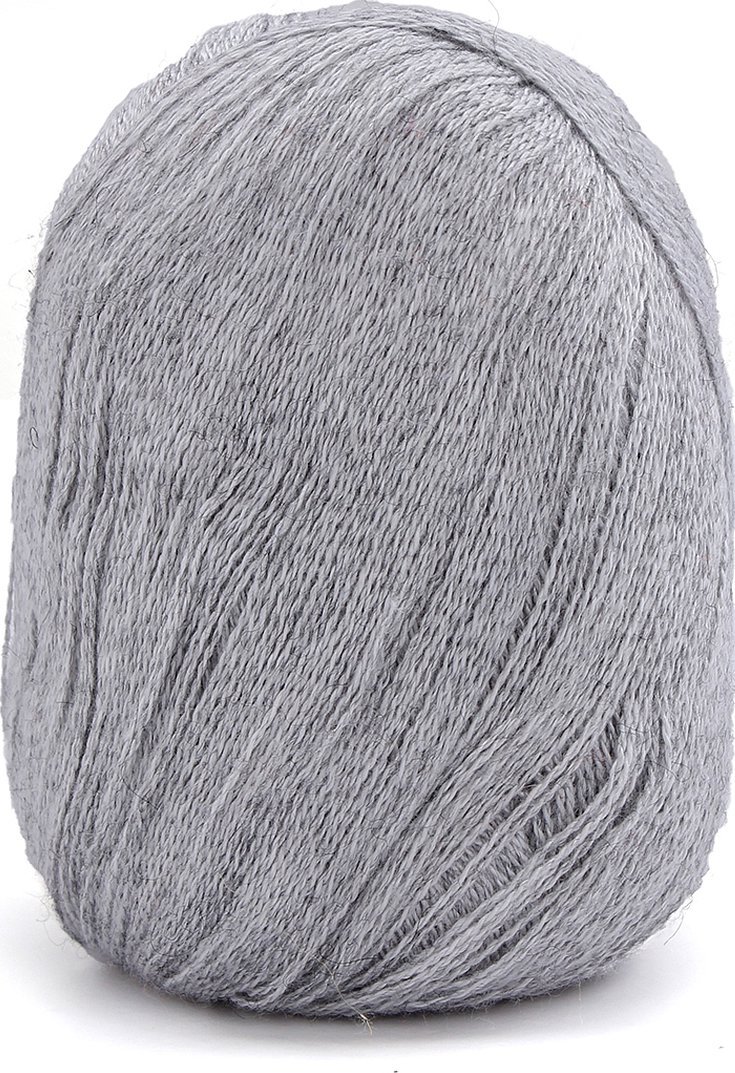
Another important quality is durability. With proper care, cashmere items will delight their owner for more than one season.
Today, cashmere is made not only in Mongolia, but the quality of Mongolian fabric is literally worth its weight in gold.
Additional information! The thickness of quality cashmere fibers is 19-20 microns, which is 3-4 times thinner than human hair. At the same time, cashmere is 8 times warmer than sheep and goat wool.

How to care for products
The key to the durability of cashmere products is proper care. This process is not complicated, but requires compliance with certain rules:
- It is best to wash cashmere items by hand at a temperature of 20-25°C and in a sufficient amount of water (4-5 liters are needed for one sweater). First, soap or another detergent is thoroughly dissolved in water, then the cashmere item is soaked for 5 minutes. After that, the item is washed (do not rub hard) and rinsed thoroughly in clean water. The use of bleaches is prohibited!
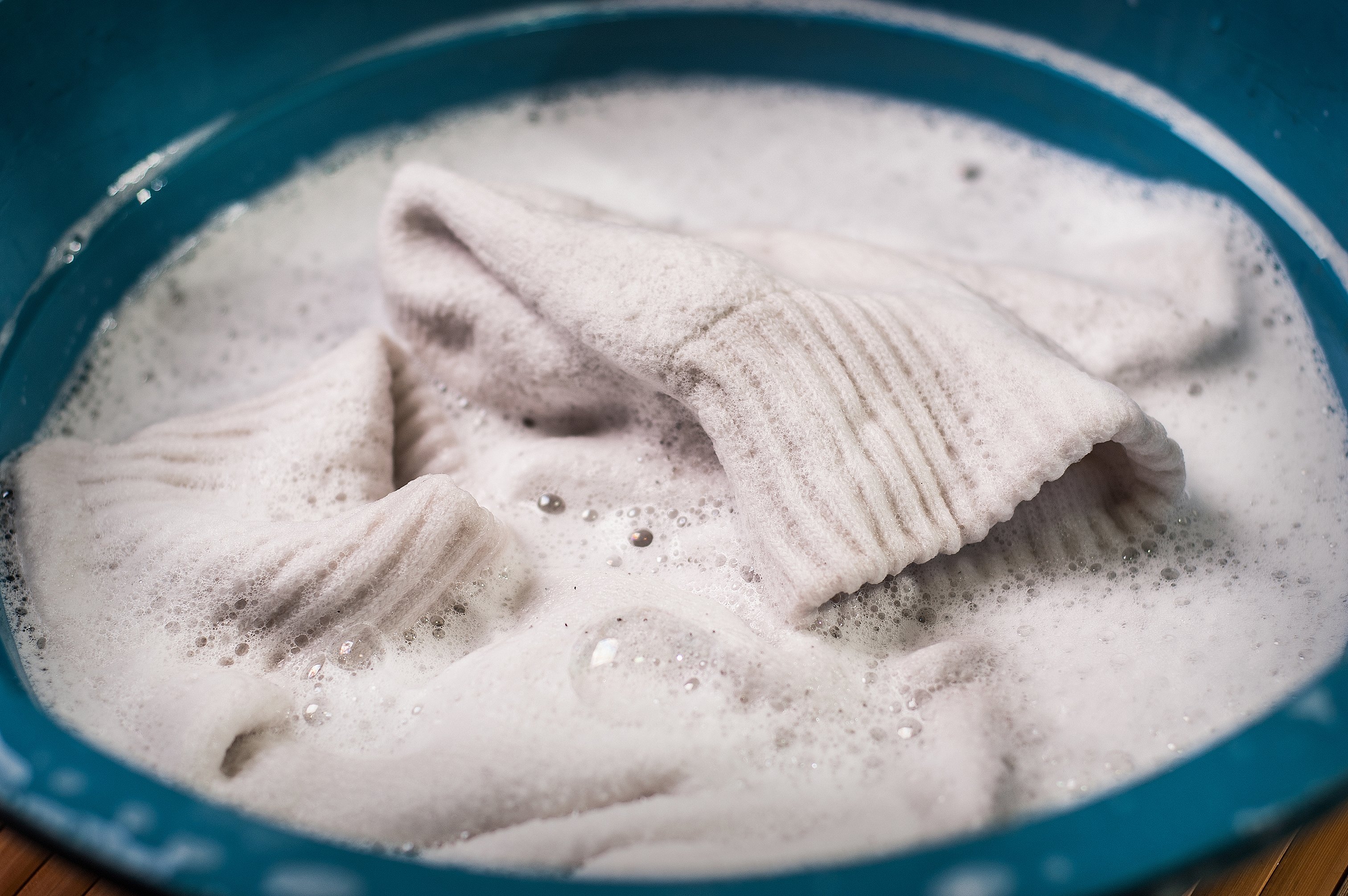
- Cashmere items should be wrung out by gently squeezing them, but not twisting them. You can use a machine dryer for wringing, or blot the item with a towel.
- Machine washing of cashmere items is allowed, but only when using a gentle cycle. It is advisable to wash such an item separately from others, placing it in a special laundry bag.
- Dry items made of this material horizontally (for example, by spreading a towel on a drying rack). They cannot be hung up, so that they do not stretch and lose their shape.
- You can iron cashmere using a steamer or an iron through a damp cloth (do not allow the iron to come into direct contact with the item).
- Heavy dirt can be removed from the product by dry cleaning.

It is also worth remembering that over time, cashmere clothing may develop pellets. The best way to get rid of them is to brush the item with a special brush before washing.
Store cashmere items folded (but not too pressed down), after packing them in a cover or special bag. Experts do not recommend hanging them on hangers.
Important! Cashmere is a favorite delicacy of domestic moth larvae. And the best defense against this pest is considered to be cedar wood.
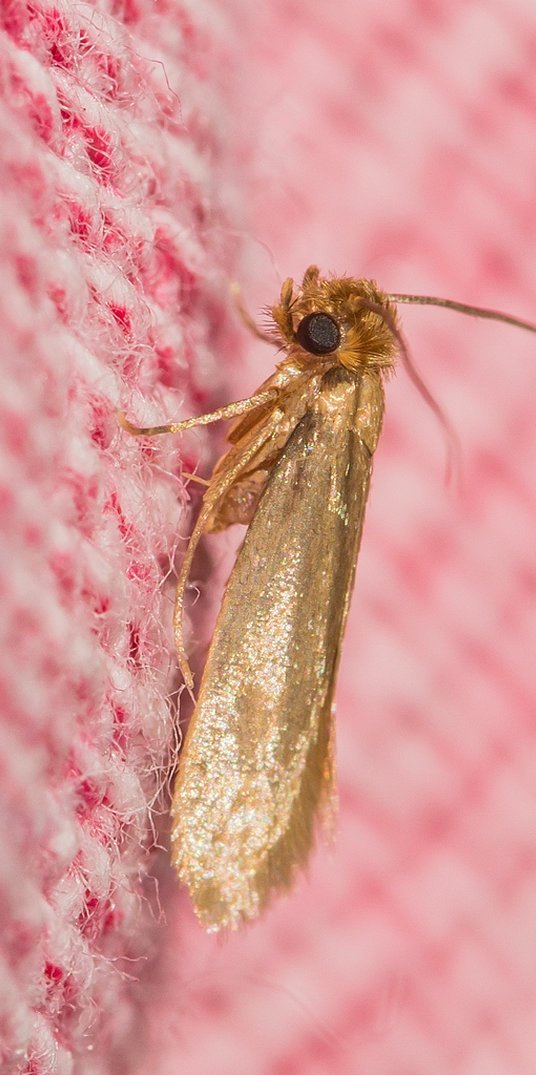
Models by manufacturer Gobi
One of the most famous manufacturers of luxury cashmere products is the Gobi Mongolian Cashmere Corporation. The company uses only high-quality Mongolian material as raw material for its products.
The concern produces a wide range of products, which include:
- sweaters and cardigans;
- men's trousers and hoodies;
- dresses and skirts;
- accessories (hats, scarves, shawls, socks, gloves).
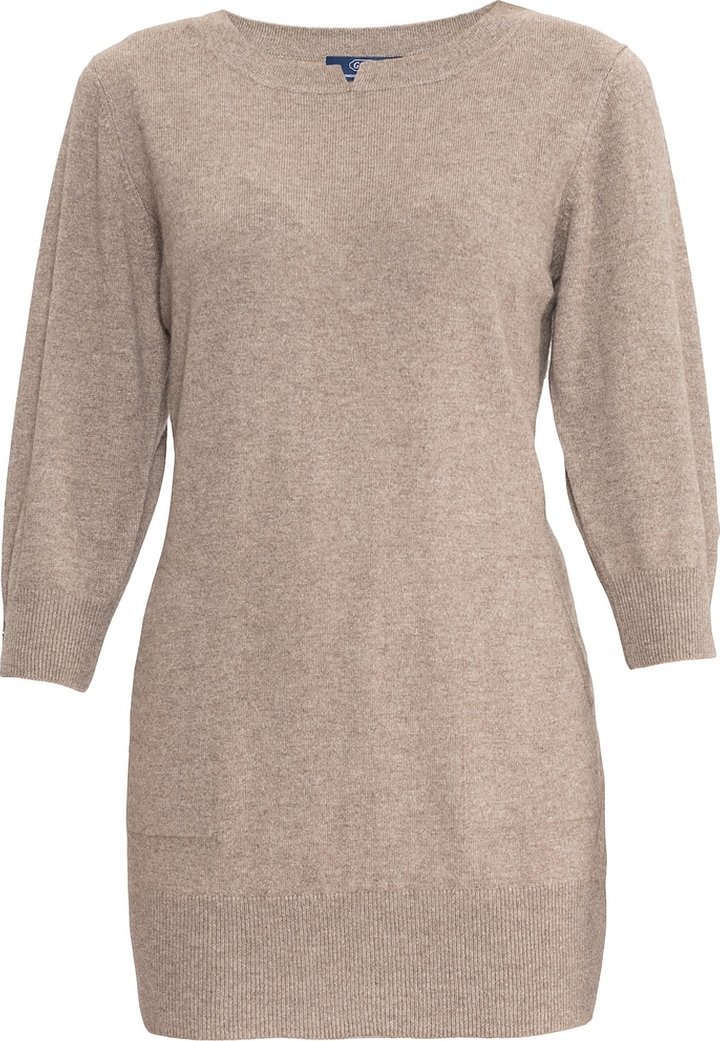
Gobi Cashmere is also known for its children's collection and home accessories (blankets, throws, pillows, sleeping bags and more).
The official representative of the concern in Russia is the online store Khan Cashmere.
Today, Khan Cashmere presents several collections made from natural material, carefully collected and processed in the vast expanses of Mongolia.
Various coat models are especially popular among lovers of luxury items: classic, trench coats, redingtons - everyone can find a suitable option in the assortment.
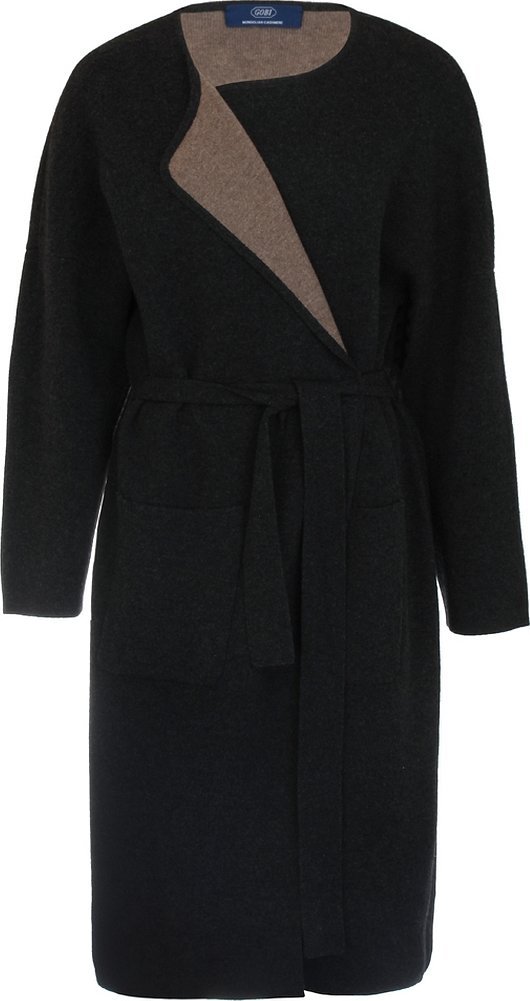
User Reviews
Svetlana, 38: “I dreamed of a cashmere coat for several years, but I heard that it was very difficult to take care of such a thing, so I couldn’t decide to buy it for a long time. I cast aside my doubts after seeing one of the classic models. I have been wearing the coat for two winters now, and I don’t regret my purchase at all. It is warm and comfortable. And its appearance is simply gorgeous!”
As for care, it turned out that there is nothing particularly complicated about it, you just need to follow a few rules and reliably protect the item from dampness and moths.”
Ivan, 50 years old: "I got to know cashmere when I was choosing a sweater. Initially, I was struck by the lightness, thinness and softness of the product. Later, I also noticed its warming properties. This has been my favorite sweater for the third season."
Additional information! For many years, natural cashmere items were only available to the very rich. This was due to the small amount of raw materials and the labor-intensive nature of the final product.
Despite the achievements of modern science and technology, many operations for the production of cashmere are still performed manually. However, at present this unique material has become more accessible and everyone can feel its extraordinary lightness and softness.




